
MODULE 1 ATOMS AND MATTER
DESCRIBING GRAPHS
Look at the table and describe it.
INCLUDEPICTURE
"http://upload.wikimedia.org/wikipedia/commons/thumb/0/00/Standard_Model_of_Elementary_Particles.svg/819px-Standard_Model_of_Elementary_Particles.svg.png"
\* MERGEFORMATINET
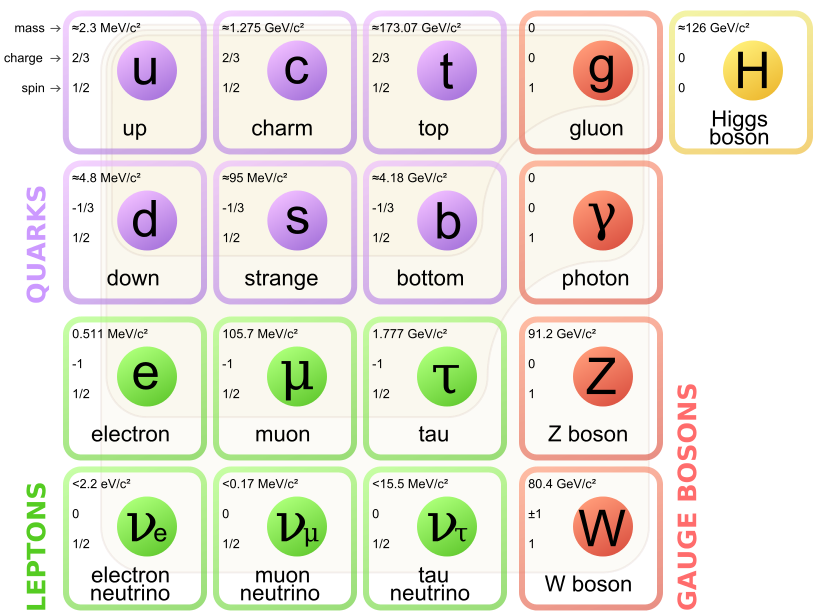
To understand and describe graphs and tables you should understand the following details:
What is the information or data in the graph or table about?
What are the units of measurement used?
What are the area (place) involved?
What is the purpose of the graph or table?
What is the time-scale involved?
This is the list of some introductory expressions which can be useful to begin the description of the graph or table with:
The graph/ table shows / indicates/illustrates/ reveals/represents;
It is clear from the graph/table;
It can be seen from the graph/table;
As the graph/table shows;
From the graph/ table it is clear
Notice that it is best to avoid using personal pronouns. Instead of saying We can see from the graph… it is better to use the passive or impersonal constructions, as above.
Look at the diagram and describe it.
The purpose of a diagram is normally to show a process, how apiece of equipment works, or the operational structure of a system. The vocabulary will mostly be closely related to the special subject matter being shown. There are two aspects of the language that you will require for describing most diagrams and you should make sure that you know how to use them well:
The verbs will normally be in the present tense and the passive voice.
Where a process or structure is being presented, you will need a variety of connectors showing stages or time.
Do not attempt to describe the diagram in colorful or interesting language. There is no need for adjectives or adverbs.
Avoid repetition and try to vary your language.
Do not simply use firstly, secondly, etc. or then to link different stages.
Here are some other possibilities:
In the first/second/etc. Stage…
Next…
The process continues with…
After this…
You can also use then after the subject of your sentence, instead of the beginning: The water is then transported.
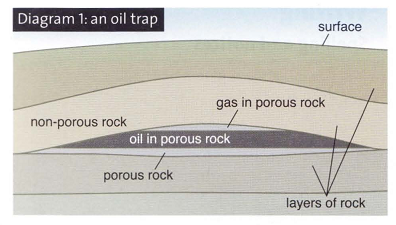
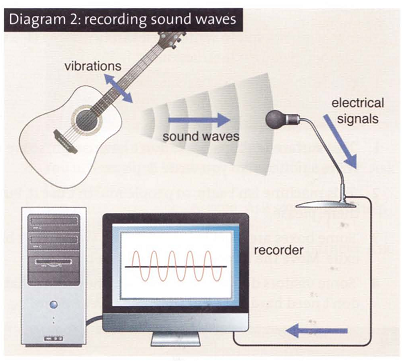
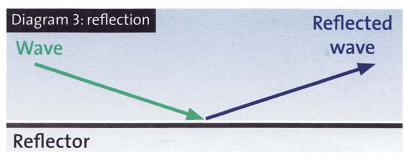
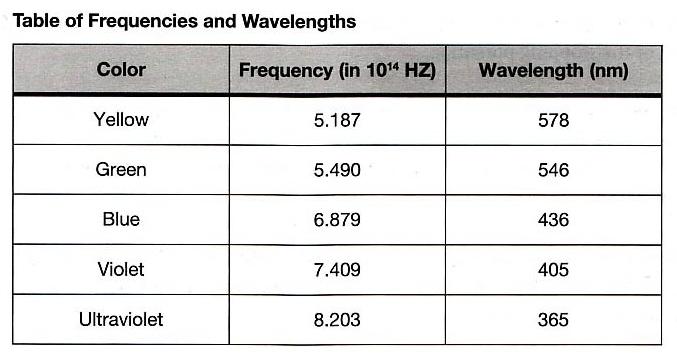
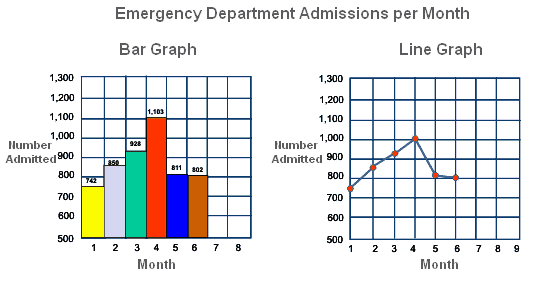
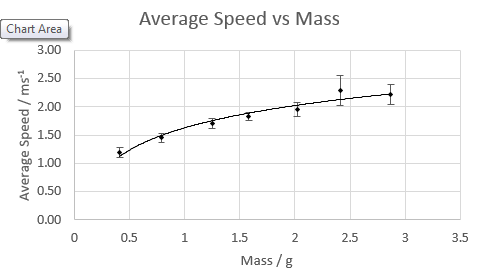
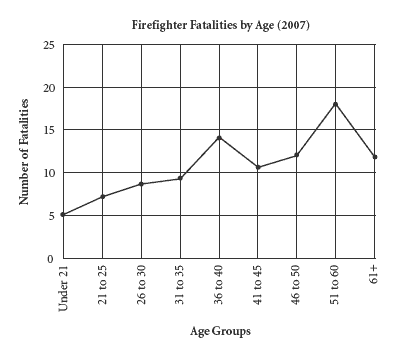
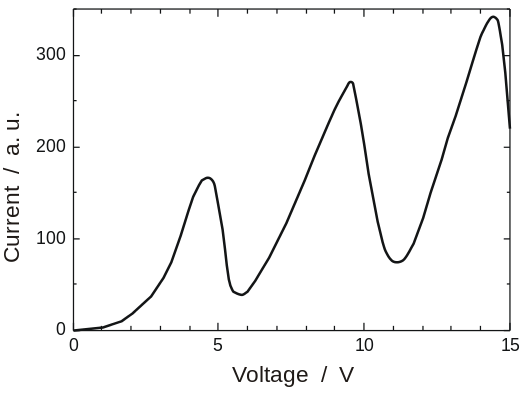
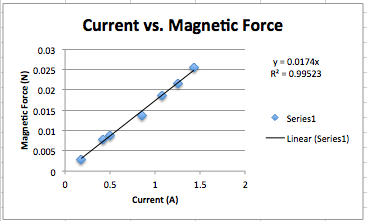
GRAMMAR
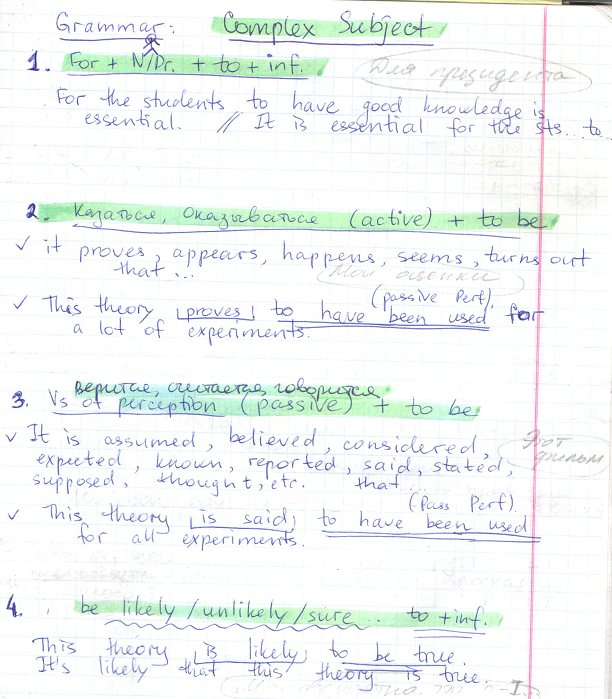
(или см. Косарева, Сконечных стр. 23-25)
Forms of the Infinitive
|
Active |
Passive |
Present Continuous Perfect (for Past) |
(to) give (to) be giving (to) have given |
(to) be given (to) be being given (to) have been given |
Complex Subject (для самост.подготовки)
TASK: Translate into English using the infinitive. Begin your sentence with the subject in bold. (для самост.подготовки)
I. 1) Они, как известно, всегда получают данные из журнала.
2) Они, как известно, получают данные из журнала прямо сейчас.
3) Они, как известно, уже получили данные из журнала.
4) Данные, как известно, получаются из журнала.
5) Данные, как известно, были получены из журнала.
6) Данные, как было известно, получались всегда из журнала.
Plural of the nouns of Greek and Latin origin
Greek |
Latin |
||
SINGULAR |
PLURAL |
SINGULAR |
PLURAL |
phenomenon |
phenomena |
nucleus |
nuclei |
criterion |
criteria |
focus |
foci, focuses |
analysis |
analyses |
radius |
radii, radiuses |
hypothesis |
hypotheses |
|
|
formula |
formulas, formulae |
|
|
thesis |
theses |
spectrum |
Spectra |
|
|
datum |
data |
|
|
medium |
media |
Speaking (Module 2)
Topic 1 (Part I) Electric Fields
